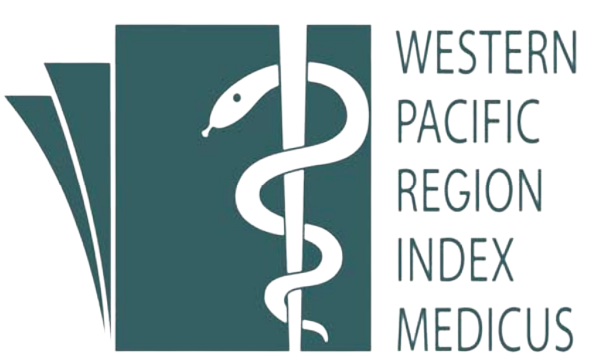Abstract
Background: The models for end-stage liver disease (MELD) and serum sodium (SNa) are common prognostic markers in cirrhosis. A novel score, MELD to SNa ratio (MESO), was developed to amplify the opposing effect of MELD and SNa on outcome prediction. The aims of this study were to evaluate the prognostic value of MELD score for complications (acute variceal bleeding, spontaneous bacterial peritonitis, hepatic encephalopathy, hepatorenal syndrome and mortality) in decompensated cirrhotic patients 6 months after hospitalization.
Patients and methods: 123 patients with decompensated cirrhotic, admitted to Da Nang between February 2021 and May 2022, were included. Each patient’s MESO score was calculated at the time of admission. All patients were followed up for 6 months to assess the following events:acute variceal bleeding, spontaneous bacterial peritonitis, hepatic encephalopathy, hepatorenal syndrome and mortality.
Results: The mean MESO score for all patients was 1.3 ± 0.4; it was 1.0 ± 0 for patients in group Child-Pugh A; 1.04 ± 0.1 for Child-Pugh B; and 1.5 ± 0.5 for Child-Pugh C. MESO score to predict mortality for 6 months after hospitalization (with a cut-off 1.25; AUC 0.74; sensitivity and specificity are 65.1% and 75%) and to predict hepatorenal syndrome (with a cut-off 1.85; AUC 0.75; sensitivity and specificity are 60.0% and 89.4%), and to predict hepatic encephalopathy (with a cut-off 1.55; AUC 0.69; sensitivity and specificity are 42.9% and 91.4%). The MESO score had no prognostic value for acute variceal bleeding and spontaneous bacteremia peritonitis 6 months after hospitalization in this study.
Conclusions: MESO score is a valuable prognostic tool of mortality, hepatorenal syndrome, and hepatic encephalopathy in decompensated cirrhotic patients six months after hospitalization
| Published | 2024-12-25 | |
| Fulltext |
|
|
| Language |
|
|
| Issue | Vol. 14 No. 6 (2024) | |
| Section | Original Articles | |
| DOI | 10.34071/jmp.2024.6.18 | |
| Keywords | cirrhosis, MELD score, MESO score |

This work is licensed under a Creative Commons Attribution-NonCommercial-NoDerivatives 4.0 International License.
Copyright (c) 2024 Journal of Medicine and Pharmacy






